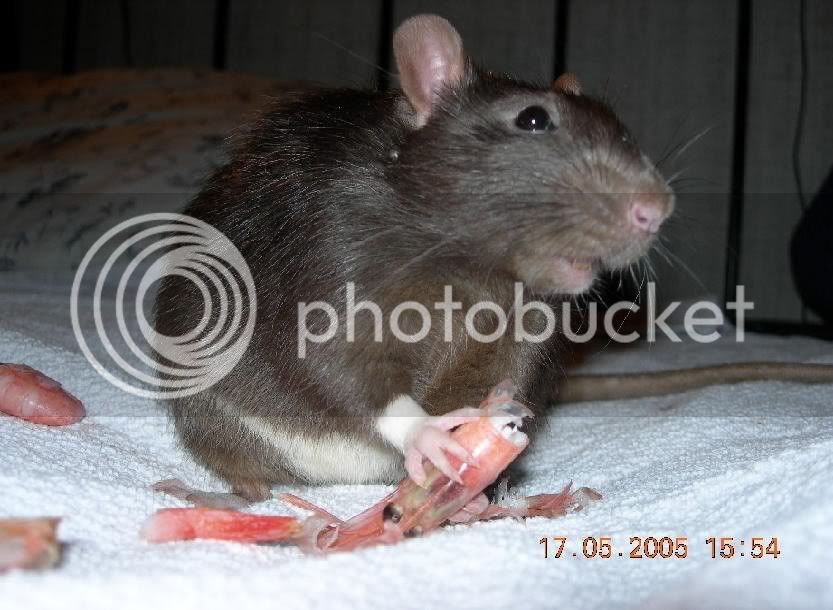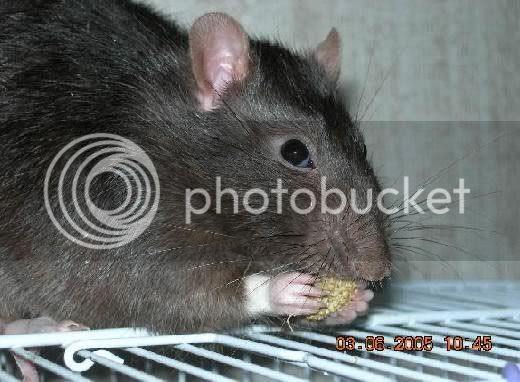Colors can be VERY confusing, EVEN for experienced breeders. The more dilutes you have in a line, the more variation you can expect. Unexpected colors or color dilutes can also occur. For example:
I bred a litter between a Russian blue male (Bobet) and a black female (Aiko). Bobet was known to carry mink and Siamese, but nothing else. Aiko was known to carry blue, Russian blue, and Siamese. Her background shows she possibly carried mink, and may have been an unexpressed Burmese (her sire is a blue Burmese). Basically I expected black, Russian blue, seal-point Siamese, and Russian blue-point Siamese in the litter. This is what I got:
one Russian blue
two mink
two beige
one dove
one Burmese
two Russian blue Burmese
two Russian blue-point Siamese
two dilute Siamese
The beige were a COMPLETE surprise, since there was no beige in the pedigree for several generations, Aiko had no beige siblings, and the sire had not previously produced beige nor had beige siblings. It wasn't an impossibility for either of these rats to carry that gene, but it was less likely without the necessary evidence. In addition, the dilute Siamese were extremely hard to identify at first. Genetically they HAD to be Siamese of some color (pink eyes, like a Siamese, but as babies were white like a PEW, genetically they could not be PEW), but while they were young I did not know what color. I kept calling them one color then another, and finally settled on "dilute Siamese" when they never developed points, only a pale creamy shading over their backs. To this day I do not know what color they are genetically, and unless bred I will probably never know. In addition, the dove and Russian blue Burmese kept getting called a couple different names, simply because I had not seen the Russian blue Burmese before and did not know what they would look like (as babies) compared to the dove.
So all that said, if anyone wants to make a database of colors, you are going to have your work cut out for you! Keep in mind that not all possible colors are standardized. In addition, those colors that are standardized can be extremely variable. We see that most often with black, which can be a very nice, dark black, or may be faded to "brown", or may be heavily silvered. ANY color can have variation, but some colors have more than others. Regarding adding genetic information, this can also be tricky, as some colors CAN be acquired in different ways. For example, platinum is described genetically by different clubs as being a/a g/g r/r AND a/a g/g m/m. Apparently those two genotypes also have slightly different appearance, but I guess are close enough to be standardized as the same. Lilac is another color I see described in different ways, depending on what club you look at. Some clubs call lilac a "genetic mink with modifiers to lighten color", but I have seen other colors call it "a/a g/g b/b". It can get downright confusing!
If you do choose to make a database, around here I have black, chocolate (true genetic chocolates, though a little darker than the preferred standard), Burmese (two shades, one lighter and one darker), Russian blue Burmese, sable Burmese, and dove (mink-based). In the future I expect litters that will include these colors as well as Russian blue, seal-point Siamese, Russian blue-point Siamese, black-eyed Siamese, dove (chocolate-based), and possibly other colors (depending on how soon I can work out the dilutes I don't want).




